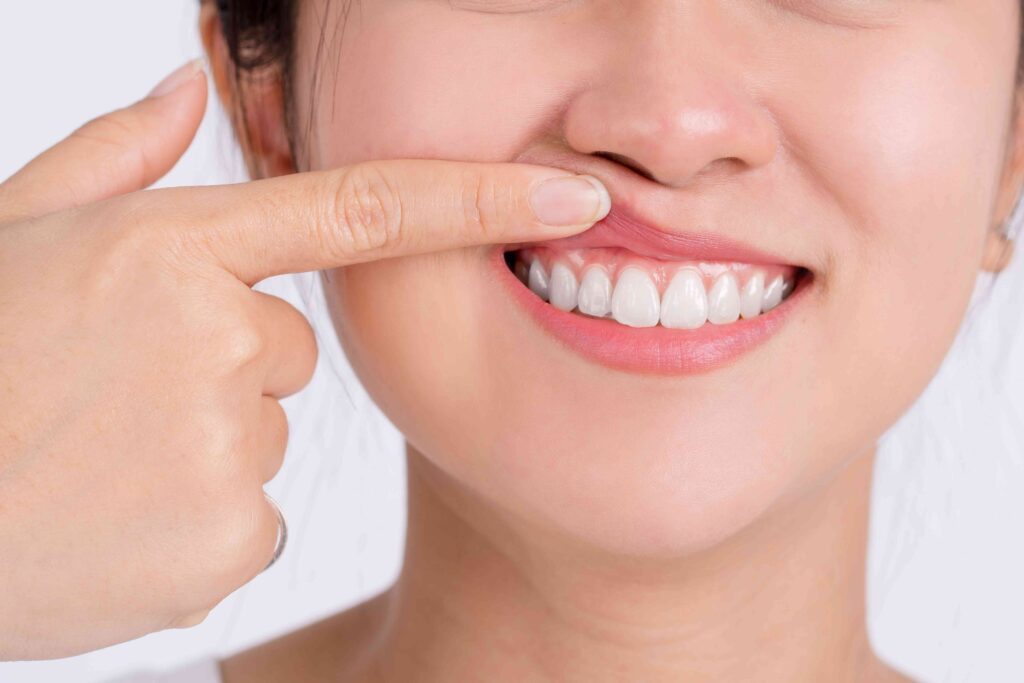
Gum overgrowth is often referred to as “gingival hyperplasia.” This can be very painful and negatively affect your oral health. This condition can have several underlying causes, so it’s best to have it addressed by a dental professional. Continue reading to learn more about gingival hyperplasia, its consequences, what causes it, and what you can do to treat it.
How Does Gingival Hyperplasia Work?
Gingival hyperplasia refers to an overgrowth of gum tissue. Some people don’t have enough tissue to cover the gums. However, those with this condition have tooth much gum tissue. This can range from anywhere between a small bump of overgrowth to gums that almost completely cover the teeth. Here are some common consequences of this condition:
- Tender gum tissue
- Inflamed gums
- Pain
- Bad breath (halitosis)
- Plaque buildup
What Causes Gingival Hyperplasia?
There are three main causes of this condition:
Inflammatory Gum Enlargement
This occurs as a result of inflammation, usually caused by plaque buildup. This makes the gums tender, red, and bloody,
Systematic Conditions
If you have a health issue or changes in your hormones, like pregnancy, this could be the cause of your gingival hyperplasia. Other causes include leukemia, HIV, Crohn’s Disease, and diabetes.
Genetic Conditions
Gingival hyperplasia has been associated with hereditary gingival fibromatosis. This causes the gums to grow firm, pink growths that can affect all or part of the gum tissue.
How Is Gingival Hyperplasia Treated?
Treating this condition depends on the underlying cause. In some situations, inflammation can be reduced with proper oral hygiene practices, like using floss, rinsing with antiseptic mouthwash, avoiding smoothing, and seeing your dentist for routine cleaning and checkups. In more severe situations, surgical options could be necessary. Here are some of the possible procedures:
- Laser Excision: In this case, your dentist uses a laser to remove inflamed gum tissue. Afterward, they will remove plaque buildup around the roots of the tooth.
- Periodontal Flap Surgery: This procedure separates the gums from the teeth, giving your dentist access to remove inflamed tissue and clear away plaque and tartar.
- Gingivectomy: This involves removing a portion of your gums from around your teeth. Afterward, the remaining gum tissue is repaired with stitches.
If you have gum overgrowth, this is something to address with your dentist. This way, you can work together to form a treatment plan that is ideal to meet your needs.
About the Author
Dr. Eduardo R. Lorenzana is an experience periodontist who has been working in the field for more than 25 years. He earned his Doctor of Dental Surgery from the Baylor College of Dentistry and Certificate in Periodontics from the same school. To learn more about gingival hyperplasia, or to schedule an appointment at his office in San Antonio, visit his website or call (210) 492-3519.

